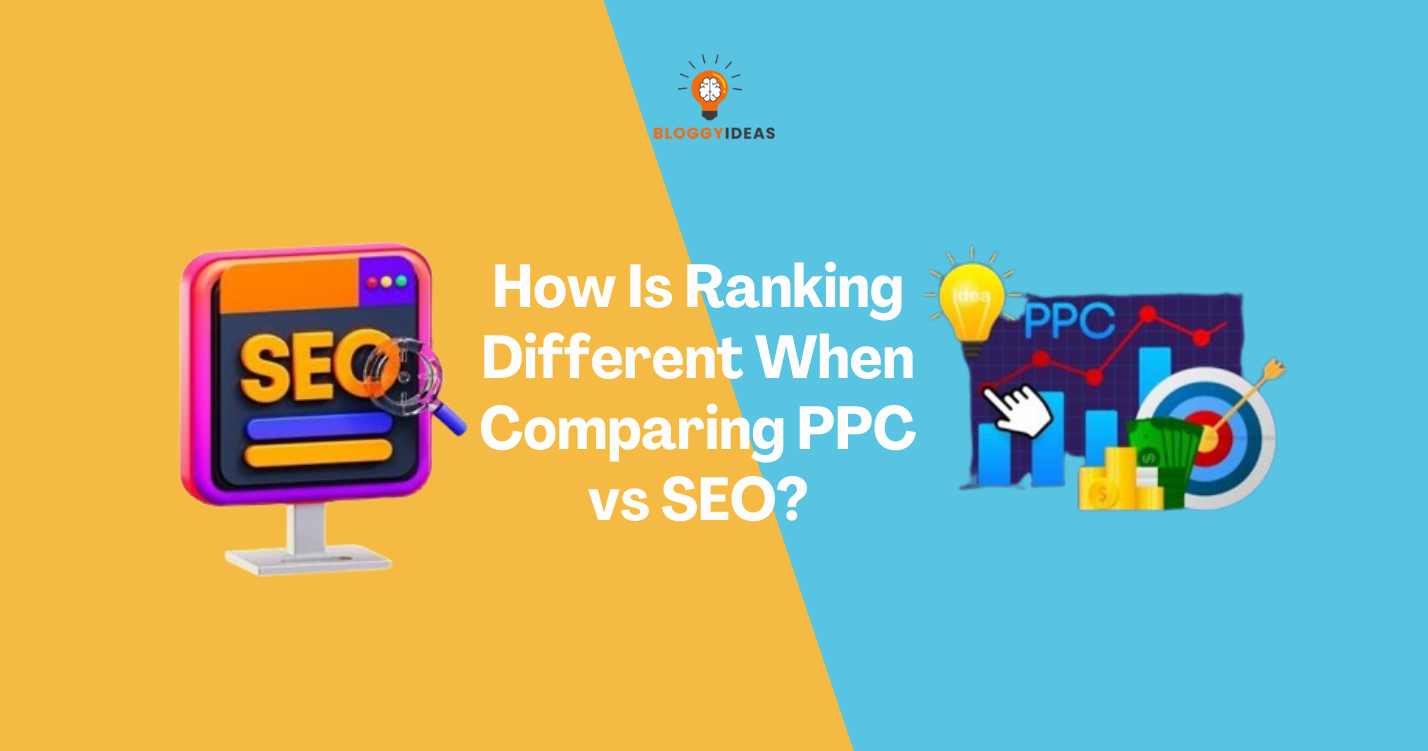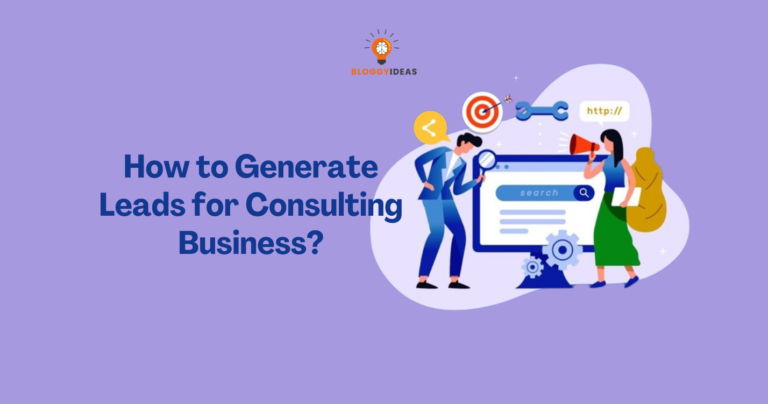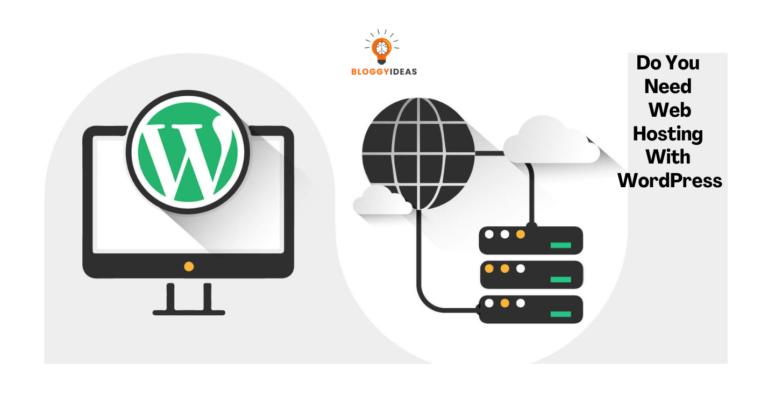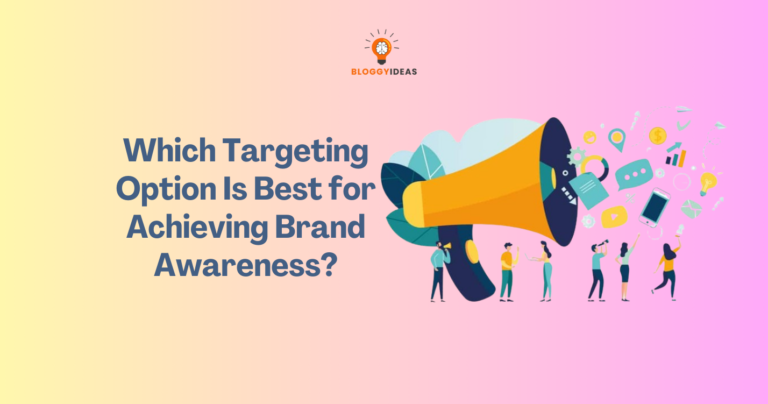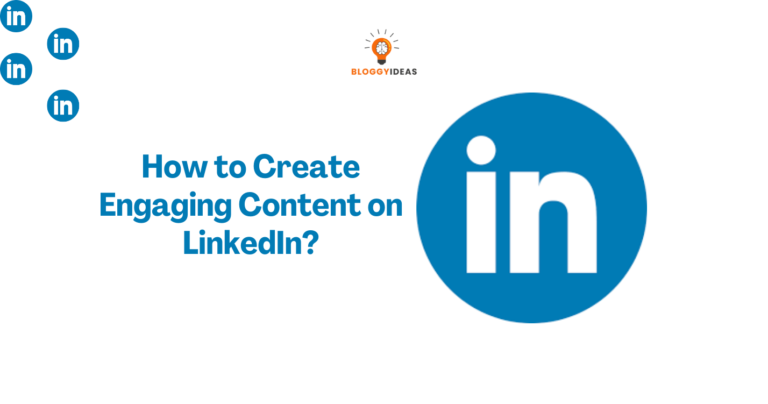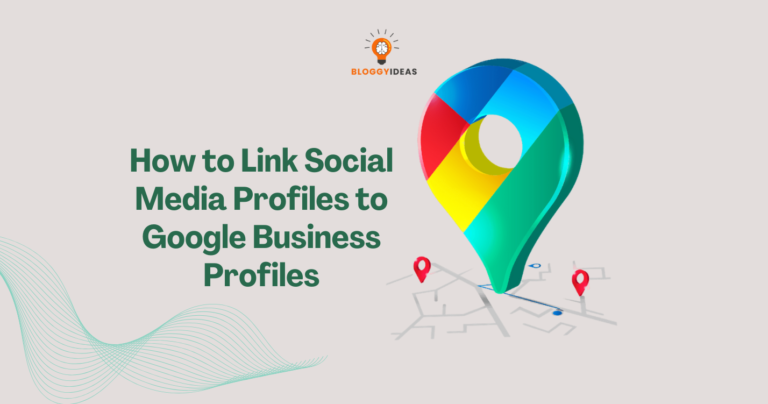How Is Ranking Different When Comparing PPC vs SEO?
“Quick Overview” In the realm of digital marketing, achieving high rankings is essential for online visibility and driving targeted traffic. When comparing Pay-Per-Click (PPC) advertising and Search Engine Optimization (SEO), the approach to ranking differs significantly.
This blog explores the differences in ranking between PPC and SEO, shedding light on their distinct characteristics and factors influencing rankings. By understanding these disparities, businesses and marketers can make informed decisions about the best strategy to achieve their goals.
Join us as we delve into the nuances of PPC and SEO ranking, and uncover the optimal approach for your digital marketing success.
Understanding PPC (Pay-Per-Click)
Brief Explanation of PPC
Pay-Per-Click (PPC) is an online advertising model where advertisers pay a fee each time their ad is clicked. It is a way to buy visits to a website rather than earning them organically. Advertisers bid on keywords relevant to their target audience, and when a user searches for those keywords, the ads are displayed in search engine results or on websites related to the keywords.
Importance of Paid Advertising
PPC advertising offers immediate visibility to businesses, allowing them to appear prominently in search engine results and reach their target audience quickly. Unlike SEO, which takes time to build organic rankings, PPC provides instant exposure and potential traffic to websites. How ranking works in PPC:
- Auction-Based Ranking System: PPC ranking is determined through an auction-based system. Advertisers bid on keywords they want their ads to appear for. When a user enters a search query matching those keywords, an auction takes place to determine which ads will be shown.
- Factors Affecting PPC Ranking:
- Bid Amount: Advertisers with higher bids have a better chance of securing top ad positions.
- Ad Quality: The relevance and quality of the ad, including ad copy, landing page experience, and expected click-through rate, impact ranking.
- Ad Extensions: Utilizing ad extensions, such as site links, callouts, or structured snippets, can enhance the ad’s visibility and ranking.
- Ad Rank Threshold: Search engines like Google consider a minimum ad rank threshold to display ads.
Benefits of PPC Ranking
- Immediate visibility: PPC allows businesses to appear prominently in search results and gain immediate visibility.
- Targeted audience: Advertisers can precisely target their ads based on keywords, demographics, location, and other factors.
- Measurable results: PPC provides detailed analytics and tracking, allowing advertisers to measure the effectiveness of their campaigns.
Limitations of PPC Ranking
- Cost: PPC can be expensive, particularly for competitive keywords, and requires a budget to sustain advertising campaigns.
- Dependency on budget: Once the budget is exhausted, the ads will no longer be displayed, resulting in a potential loss of visibility.
- Ad blindness: Users may develop ad blindness, ignoring or avoiding paid ads, reducing the click-through rates.
Exploring SEO
Explanation of SEO (Search Engine Optimization)
Search Engine Optimization (SEO) is the practice of optimizing a website to improve its visibility and ranking on search engine results pages (SERPs). It involves various techniques and strategies aimed at enhancing the website’s structure, content, and authority to align with search engine algorithms. The primary goal of SEO is to drive organic, non-paid traffic to a website and increase its online presence.
Long-term Organic Visibility and Traffic Generation
One of the key advantages of SEO is its ability to generate long-term organic visibility and sustainable traffic. By implementing effective SEO strategies, a website can gradually climb the search engine rankings and maintain its position over time. Unlike PPC, which requires continuous investment to maintain visibility, SEO focuses on optimizing the website’s content and authority to attract organic traffic from search engines on an ongoing basis.
How Ranking Works in SEO?
SEO ranking is determined by search engine algorithms that analyze various factors to determine the relevance and authority of a website for specific search queries. While search engines like Google consider hundreds of ranking factors, some of the key elements include:
- On-Page Optimization: This involves optimizing individual web pages by incorporating relevant keywords, optimizing meta tags, improving website speed, and enhancing the overall user experience.
- Off-Page Optimization: This includes building high-quality backlinks from reputable websites, social media signals, and online mentions to establish the website’s authority and credibility.
- Content Quality: Producing high-quality, valuable, and relevant content is crucial for SEO ranking. Search engines prioritize websites that offer informative and engaging content that matches the user’s search intent.
- User Experience: Search engines consider user experience metrics, such as bounce rate, time on site, and mobile-friendliness, to assess the overall user satisfaction and rank websites accordingly.
Benefits of SEO Ranking
- Cost-effectiveness: Once a website achieves a higher ranking through SEO, the organic traffic generated is essentially free, leading to long-term cost savings.
- Credibility and Trust: Websites that rank high in organic search results are perceived as more credible and trustworthy by users.
- Sustainable Traffic: SEO ranking helps generate ongoing organic traffic, providing a steady stream of potential customers or visitors to the website.
Limitations of SEO Ranking
- Time-consuming: Achieving significant improvements in SEO ranking requires time and ongoing effort. It may take several months to see noticeable results.
- Algorithm Changes: Search engine algorithms frequently update, requiring websites to adapt their SEO strategies accordingly to maintain their ranking positions.
- Competitive Landscape: SEO ranking is highly competitive, especially for popular keywords and industries, making it more challenging to achieve top positions.
Key Differences in Ranking Between PPC and SEO
Cost and Investment: One of the primary differences between PPC and SEO ranking lies in the cost and investment required. In PPC, advertisers pay for each click on their ads, and the cost can vary depending on the competitiveness of the keywords and the bidding process.
This allows for immediate visibility but requires a budget allocation for ad campaigns. On the other hand, SEO ranking focuses on organic visibility, and while it may require initial investment for optimization efforts, ongoing costs are typically lower than PPC. SEO emphasizes long-term results without direct payment for each click.
Timeframe for Results and Sustainability: The timeframe for seeing results and the sustainability of rankings differ between PPC and SEO. In PPC, once a campaign is set up and activated, ads can immediately appear and generate clicks, resulting in quick visibility.
However, once the campaign ends or the budget is exhausted, the visibility also ceases. SEO, on the other hand, takes time and continuous effort to achieve rankings. It involves optimizing website content, building quality backlinks, and improving site authority. While SEO results may take longer to materialize, once achieved, they can provide sustainable visibility over the long term.
Targeting and Audience Reach: PPC and SEO also differ in terms of targeting capabilities and audience reach. With PPC, advertisers can target specific keywords, demographics, locations, and even remarket to previous website visitors. This level of targeting allows for precise audience reach, but it comes at a cost.
SEO, on the other hand, targets a broader audience organically. By optimizing website content and targeting relevant keywords, SEO aims to attract organic traffic from a wide range of users who search for related terms. SEO provides the opportunity to capture a larger audience, although the targeting may not be as precise as in PPC.
Control and Flexibility in Ranking Position: In terms of control and flexibility in ranking position, PPC and SEO offer different advantages. In PPC, advertisers have more control over their ad placements and can adjust bids and budgets to influence their ranking positions. This level of control allows for immediate adjustments and optimization.
SEO rankings, on the other hand, are influenced by various factors such as website content, backlinks, and overall site authority. While SEO efforts can optimize rankings, the control and flexibility are more limited compared to PPC. SEO rankings are also subject to search engine algorithms and updates, which can impact positions.
Choosing Between PPC and SEO
Understanding the Goals and Objectives: When deciding between PPC and SEO, it’s essential to have a clear understanding of your goals and objectives. Consider whether your priority is immediate visibility and lead generation or long-term organic growth.
If you aim for quick results, PPC can provide instant visibility and targeted traffic. On the other hand, if you’re focused on sustainable, long-term success, SEO can help you build a strong online presence and generate organic traffic over time.
Budget Considerations and Cost-Effectiveness: Budget plays a crucial role in choosing between PPC and SEO. PPC involves paid advertising, where you bid on keywords and pay for each click. It can offer quick results but requires ongoing investment.
SEO, while not directly paid, requires investments in content creation, optimization, and link building. Assess your budget and consider the cost-effectiveness of each strategy. Determine how much you’re willing to spend and evaluate the potential returns on investment for both PPC and SEO.
Long-Term vs Short-Term Strategies: Another factor to consider is the timeframe of your marketing strategy. PPC is a short-term approach that delivers immediate results. As long as you continue to invest, your ads will be displayed and drive traffic. SEO, on the other hand, is a long-term strategy that takes time to build organic visibility.
It requires consistent effort to optimize your website, create quality content, and earn backlinks. Assess your timeline and align it with your goals to determine whether a short-term or long-term approach is more suitable for your marketing objectives.
Complementary Strategies and Integration: PPC and SEO can work together synergistically to maximize results. They have different strengths and can support each other’s weaknesses. Consider using PPC to target specific keywords or launch promotional campaigns while simultaneously investing in SEO for long-term growth.
Integrating both strategies can help you cover a wider range of audience and increase your overall visibility. Evaluate how PPC and SEO can complement each other in your marketing efforts and create a cohesive strategy that leverages the benefits of both approaches.
Real-world examples of successful PPC campaigns: To illustrate the effectiveness of PPC campaigns, let’s explore some real-world examples. One such example is the case of an e-commerce company that used PPC advertising to promote a new product line.
By carefully selecting relevant keywords, optimizing ad copy, and targeting specific demographics, they achieved a significant increase in click-through rates and conversions. The success of this PPC campaign highlights the immediate impact and visibility that can be attained through well-executed paid advertising strategies.
Case Studies Demonstrating the Power of SEO in Organic Ranking: Examining case studies that showcase the power of SEO in organic ranking can provide valuable insights. For instance, a local service-based business implemented a comprehensive SEO strategy, focusing on optimizing their website content, building high-quality backlinks, and targeting local keywords.
Over time, they observed a gradual increase in organic traffic and higher rankings in search engine results pages (SERPs). This case study demonstrates the long-term sustainability and cost-effectiveness of SEO in driving organic traffic and establishing a strong online presence.
Comparisons of Results and Insights From Different Industries or Businesses: Comparing results and insights from various industries or businesses can offer a broader perspective on the ranking differences between PPC and SEO. For example, an online retailer in the fashion industry might find that PPC campaigns generate immediate sales and exposure during peak seasons, while SEO efforts contribute to consistent traffic and brand visibility throughout the year.
On the other hand, a B2B software company might rely more on SEO to build credibility and attract organic leads, while using targeted PPC campaigns for specific product launches or promotions. By examining these industry-specific comparisons, businesses can identify which strategy aligns better with their unique goals and target audience.
Conclusion
The case studies and examples presented demonstrate the effectiveness of both PPC and SEO strategies in achieving digital marketing success. PPC campaigns offer immediate visibility and control, while SEO focuses on long-term organic growth. The optimal approach depends on business goals and target audience.
By leveraging the strengths of both strategies, businesses can develop a comprehensive digital marketing strategy that maximizes online visibility. Continuously adapt, measure results, and refine strategies to stay ahead in the dynamic world of online marketing.
Related Resources:

